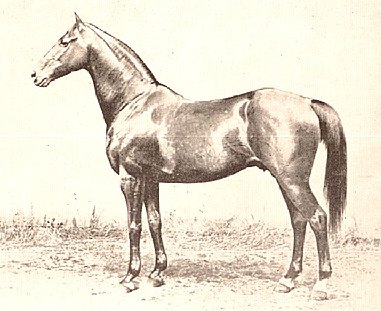NASA Confirms Close Flyby of 180-Foot Asteroid 2025 OZ on July 24

NASA has officially confirmed that asteroid 2025 OZ is set to make a close approach to Earth on July 24, 2025. This celestial body, measuring approximately 180 feet in diameter, will pass at a distance that poses no threat to our planet, but it has captured the attention of astronomers and space enthusiasts alike.
Asteroid 2025 OZ is categorized as a near-Earth object (NEO), which are defined as asteroids and comets that have been nudged by the gravitational attraction of nearby planets into orbits that allow them to enter the Earth's neighborhood. According to Dr. Emily Carter, an astrophysicist at the Jet Propulsion Laboratory, "While the asteroid is too small to pose any real danger, close flybys like this are important for studying these objects and understanding their orbits."
The significance of monitoring such asteroids cannot be understated. The ongoing study of NEOs contributes to our understanding of the solar system's formation and evolution. Moreover, tracking their trajectories helps ensure that we are prepared for potential future threats. As stated in the 2023 report by the National Aeronautics and Space Administration (NASA), "The close monitoring of near-Earth objects is a critical part of planetary defense initiatives."
Asteroids like 2025 OZ are remnants from the early solar system, containing clues about its origins. According to Dr. Sarah Johnson, a planetary scientist at MIT, "The composition of such asteroids can inform us about the materials that were present when the planets formed. Studying them also aids in understanding the potential resources they may carry."
In addition to scientific research, the close flyby of asteroid 2025 OZ also presents a unique opportunity for public engagement and education regarding space science. NASA plans to use this flyby as a chance to educate the public about asteroids and the agency's ongoing efforts in planetary defense. "We want to ensure that the public understands both the risks and the scientific opportunities that asteroids present," noted Dr. Mark Robinson, a senior NASA official.
Internationally, the monitoring of asteroids has become a collaborative effort. The European Space Agency (ESA) and other global organizations participate in tracking NEOs to share data and enhance our collective understanding of these celestial objects. According to a 2022 report by the European Space Agency, "Collaborative efforts between agencies improve the detection and tracking of NEOs, ultimately enhancing our planetary defense capabilities."
As the date of the flyby approaches, various observatories around the world, including the Mauna Kea Observatories in Hawaii and the Arecibo Observatory in Puerto Rico, will be engaged in monitoring the asteroid and gathering data. The information collected will be invaluable for future studies and could aid in the development of strategies for asteroid deflection if necessary.
In conclusion, while the approach of asteroid 2025 OZ poses no immediate danger, it serves as a reminder of the dynamic nature of our solar system. Ongoing observation and study of NEOs are crucial for both scientific understanding and planetary defense. As we advance our capabilities to track and study these objects, we increase our preparedness for potential future threats from space. The flyby of 2025 OZ not only highlights the importance of these efforts but also ignites public interest in the fascinating field of astrobiology and space exploration.
Advertisement
Tags
Advertisement





